Home>Garden Essentials>What Is A Good Ground Cover For A Backyard Playground
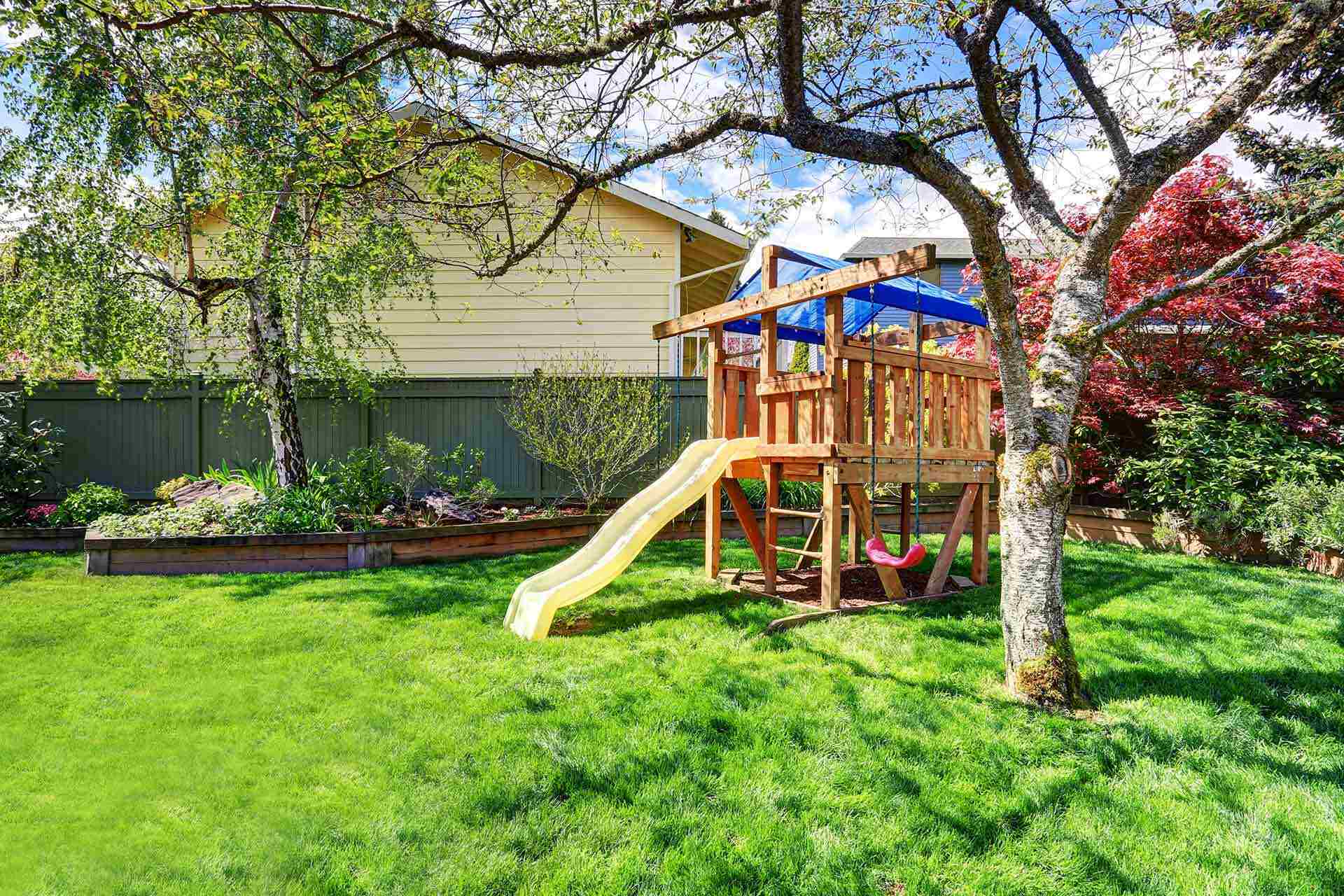

Garden Essentials
What Is A Good Ground Cover For A Backyard Playground
Modified: October 21, 2024
Looking for a garden ground cover for your backyard playground? Discover the best options to provide a safe and attractive space for outdoor fun.
(Many of the links in this article redirect to a specific reviewed product. Your purchase of these products through affiliate links helps to generate commission for Storables.com, at no extra cost. Learn more)
Introduction
When creating a backyard playground for your children, safety should be your top priority. One of the crucial elements to consider is the choice of ground cover. The right ground cover will provide a safe and comfortable surface for your children to play on, reducing the risk of injuries. Whether you’re looking for a natural or artificial option, there are several factors to consider when selecting a ground cover for your backyard playground.
Firstly, you’ll want to choose a ground cover that offers adequate cushioning to help absorb the impact of falls. It should provide a level of protection and reduce the risk of serious injuries. Additionally, the ground cover should be non-toxic and free of any harmful chemicals, ensuring the safety of your children. Moreover, the material should be durable and able to withstand different weather conditions, as well as frequent use.
In this article, we will explore various options for ground covers and discuss their pros and cons, so you can make an informed decision for your backyard playground.
Key Takeaways:
- Choose a ground cover like rubber mulch or poured-in-place rubber for your backyard playground to ensure superior shock absorption, low maintenance, and a safe play surface for your children.
- Consider factors like shock absorption, maintenance, and accessibility when choosing a ground cover for your backyard playground. Balance safety, functionality, and personal preferences to create an ideal play area for your children.
Read more: What Is A Good Ground Cover In AZ
Factors to Consider for a Ground Cover
When choosing a ground cover for your backyard playground, it’s essential to consider several factors to ensure the safety and functionality of the space. Here are some key factors to keep in mind:
- Shock Absorption: The ground cover should have sufficient shock-absorbing properties to cushion falls. This is especially important for preventing serious injuries, as children are prone to accidents while playing.
- Fall Height Rating: Different ground covers have varying fall height ratings, indicating the maximum height from which a child can fall without sustaining severe injuries. Make sure to choose a ground cover with a fall height rating appropriate for the height of your play equipment.
- Maintenance: Consider the level of maintenance required for each type of ground cover. Some options, like natural grass, require regular watering, mowing, and fertilizing, while others, such as artificial turf or rubber mulch, require minimal upkeep.
- Drainage: Ensure that the ground cover allows for proper drainage to prevent the formation of puddles and water accumulation, which can make the surface slippery and unsafe.
- Accessibility: If you have children with mobility challenges or disabilities, consider a ground cover that provides ease of movement, such as a smoother surface like rubber mulch or poured-in-place rubber.
- Cost: Evaluate your budget and compare the costs of different ground cover options. Keep in mind that while some materials may have a higher upfront cost, they may require less maintenance and have a longer lifespan, making them more cost-effective in the long run.
- Aesthetics: Consider the visual appeal and how the ground cover will blend with the overall design of your backyard. Some materials like natural grass or wood chips provide a more natural look, while others like artificial turf or rubber mulch offer a neater and more consistent appearance.
By considering these factors, you can make an informed decision and choose a ground cover that meets both safety requirements and your personal preferences for your backyard playground.
Types of Ground Covers
There are several different types of ground covers to choose from when it comes to creating a safe and enjoyable surface for your backyard playground. Let’s explore some of the most popular options:
- Natural Grass: Natural grass is a classic choice for a backyard playground. It provides a soft and comfortable surface, and it blends well with the surrounding landscape. However, it requires regular maintenance, including watering, mowing, and fertilizing.
- Artificial Turf: Synthetic turf is a low-maintenance alternative to natural grass. It offers a consistent and cushioned surface, with the added benefit of not needing regular watering or mowing. Artificial turf is durable and can withstand heavy use and different weather conditions.
- Wood Chips: Wood chips are a popular ground cover choice due to their natural appearance and affordability. They provide good shock absorption and are easy to install. However, they may require occasional replenishing and may not be suitable for areas with high foot traffic.
- Rubber Mulch: Made from recycled rubber, rubber mulch is an excellent option for playground surfaces. It offers excellent shock absorption, is non-toxic, and requires minimal maintenance. Rubber mulch is available in various colors and can enhance the aesthetic appeal of your backyard playground.
- Sand: Sand provides a soft and forgiving surface for play areas, particularly for younger children. It allows for imaginative play and can be shaped and molded. However, it may require additional maintenance, such as raking to ensure an even surface and prevent weed growth.
- Pea Gravel: Pea gravel is a small, rounded stone that offers good drainage and easy maintenance. It provides a stable surface and allows for drainage, preventing water accumulation. However, it is not ideal for areas where children may fall from heights, as it offers less cushioning than other options.
- Poured-in-Place Rubber: This is a durable and long-lasting option for playground surfaces. Poured-in-place rubber consists of a layer of rubber granules mixed with a binding agent and poured on-site to create a seamless and shock-absorbing surface. It offers excellent fall protection, accessibility, and requires minimal maintenance.
Each ground cover option has its own unique set of advantages and considerations. Choose the one that best fits your specific needs, budget, and preferences to create a safe and appealing playground surface for your children to enjoy.
Natural Grass
Natural grass is a classic and popular choice for a ground cover in backyard playgrounds. It offers a soft and comfortable surface for children to play on, making it ideal for running, jumping, and playing sports. Here are some key points to consider when choosing natural grass as your ground cover:
- Soft and Natural Appearance: Natural grass provides a lush and natural look to your backyard playground. It blends seamlessly with the surrounding landscape, creating a beautiful and inviting space for children to enjoy.
- Cushioning and Shock Absorption: Grass provides a cushioned surface that helps absorb the impact of falls and reduces the risk of injuries. It offers a certain level of natural protection for children while they play.
- Eco-friendly Option: Natural grass is an environmentally friendly choice for a ground cover. It helps filter rainwater and maintains healthy soil conditions. It also contributes to improving air quality by absorbing carbon dioxide and releasing oxygen.
- Requires Regular Maintenance: The main drawback of natural grass is the maintenance it requires. It needs regular watering, mowing, and fertilizing to remain healthy and vibrant. It is important to consider the time and effort needed to maintain the grass’s appearance.
- Weather and Climate Considerations: Natural grass may require additional attention in areas with extreme weather conditions. It may need protection during hot summers or frost-prone winters. Choosing grass varieties suitable for your region’s climate is crucial to ensure its longevity and durability.
- High Foot Traffic Considerations: If your backyard playground experiences high foot traffic, natural grass may be prone to wear and tear. You might need to consider adding additional support to prevent soil compaction and ensure the grass remains healthy and resilient.
Overall, natural grass can provide a beautiful and comfortable ground cover for your backyard playground. It offers a soft and natural surface for children to play on, while also benefiting the environment. However, it is essential to consider the maintenance requirements and the specific needs of your climate and usage to ensure the longevity and durability of the grass.
Artificial Turf
Artificial turf is a popular alternative to natural grass for backyard playgrounds. It offers several advantages and is a preferred choice for those looking for a low-maintenance and durable ground cover. Below are some key points to consider when selecting artificial turf for your playground:
- Consistent and Cushioned Surface: One of the main benefits of artificial turf is its consistent and cushioned surface. It provides a level of shock absorption, offering a safe and comfortable playing area for children.
- Low Maintenance: Unlike natural grass, artificial turf requires minimal maintenance. There is no need for watering, mowing, or fertilizing. The surface is designed to withstand heavy use and maintain its appearance without extensive upkeep.
- Durability: Artificial turf is highly durable and can withstand varying weather conditions, making it suitable for year-round use. It is resistant to fading, tearing, and fraying, ensuring a long lifespan for your playground.
- No Allergens or Pesticides: Artificial turf is an excellent choice for children with allergies or sensitivities. It does not produce allergens like natural grass and does not require the use of pesticides or herbicides, ensuring a safer environment for children to play in.
- Wide Range of Designs: Artificial turf is available in a variety of colors and pile heights, allowing you to customize the look of your playground. You can choose a design that complements your backyard aesthetics while providing a safe and enjoyable play surface.
- Cost Considerations: While the initial installation of artificial turf may have a higher upfront cost compared to natural grass, the long-term savings in terms of maintenance and water usage make it a cost-effective choice over time.
- Heat Considerations: It’s important to note that artificial turf can become hot during hot summer days. To mitigate this, you can choose products with built-in cooling technology or incorporate shade structures in your playground area.
Artificial turf offers a low-maintenance and durable ground cover option for your backyard playground. It provides a consistent and cushioned surface while reducing allergens and the need for pesticide use. Consider these factors to determine if artificial turf is the right choice for your specific needs and preferences.
Read more: What Is A Good Ground Cover For Asparagus
Wood Chips
Wood chips are a popular and natural ground cover option for backyard playgrounds. They offer several benefits and are commonly used for their affordability and aesthetic appeal. Here are some important considerations when choosing wood chips as the ground cover for your playground:
- Natural Appearance: Wood chips provide a rustic and natural look to your playground area. They blend well with the surrounding landscape, creating a charming and inviting space for children to play.
- Good Shock Absorption: Wood chips offer a certain level of shock absorption, providing a cushioned surface for safe play. They help reduce the impact on falls and minimize the risk of injuries, making them an ideal option for playgrounds.
- Affordability: Wood chips are a cost-effective ground cover choice, making them budget-friendly. They are readily available and relatively inexpensive compared to other options.
- Easy Installation: Wood chips are easy to install, requiring minimal preparation. Simply spread a layer of wood chips evenly over the playground area, ensuring a sufficient depth to provide adequate cushioning.
- Natural Drainage: Wood chips allow for natural drainage, preventing water from accumulating on the surface and reducing the risk of slippery conditions. This makes them an excellent choice for areas prone to heavy rainfall.
- Occasional Maintenance: Wood chips may require occasional replenishing to maintain their depth and functionality. Over time, they may break down and decompose, so adding a fresh layer periodically ensures optimum shock absorption and appearance.
- Potential Splinter Concerns: While wood chips provide a softer surface than some other materials, there is a slight risk of splinters. To minimize this risk, make sure to choose high-quality wood chips that have been properly treated to reduce the potential for splintering.
Wood chips offer a natural and affordable ground cover option for backyard playgrounds. They provide good shock absorption and drainage while adding a charming aesthetic to your outdoor space. Consider these factors when deciding if wood chips are the right choice for your playground, taking into account maintenance requirements and the potential for splintering.
Consider using rubber mulch or wood chips as a ground cover for a backyard playground. These materials provide a soft and cushioned surface, reducing the risk of injury from falls. Make sure to regularly inspect and maintain the ground cover to ensure it remains safe for play.
Rubber Mulch
Rubber mulch is a popular ground cover choice for backyard playgrounds. Made from recycled rubber, it offers several advantages and is known for its excellent shock absorption properties. Here are some key points to consider when selecting rubber mulch for your playground:
- Superior Shock Absorption: Rubber mulch provides exceptional shock absorption, making it an ideal choice for playgrounds. It helps cushion falls and reduces the risk of serious injuries, providing a safer playing surface.
- Durable and Long-lasting: Rubber mulch is highly durable and can withstand heavy use. It does not break down or decompose over time like natural materials, ensuring a long-lasting ground cover for your playground.
- Low Maintenance: One of the main advantages of rubber mulch is its low maintenance. It does not require watering, mowing, or fertilizing, saving you time and effort. It also does not attract pests or weeds, reducing the need for additional maintenance tasks.
- Non-toxic and Eco-friendly: Rubber mulch is made from recycled rubber materials, such as old tires, which helps reduce waste and environmental impact. It is non-toxic and does not contain any harmful chemicals, making it a safe option for children to play on.
- Weather Resistant: Rubber mulch is designed to withstand different weather conditions, including extreme heat, cold, and rain. It does not fade, rot, or deteriorate, maintaining its appearance and functionality over time.
- Aesthetic Variety: Rubber mulch comes in a range of colors, allowing you to customize the look of your playground. You can choose a single color or create patterns and designs to add visual appeal to your outdoor space.
- Cost Considerations: While rubber mulch may have a higher upfront cost compared to some other ground cover options, it offers long-term cost savings due to its durability and low maintenance requirements.
- Heat Considerations: It’s important to note that rubber mulch can retain heat, especially in hot weather. To mitigate this, you can choose lighter-colored mulch or incorporate shade structures in your playground area.
Rubber mulch provides excellent shock-absorbing properties and is a long-lasting and low-maintenance ground cover option for playgrounds. Its non-toxic nature and variety of colors make it an appealing choice for creating a safe and visually appealing play surface. Consider these factors when deciding if rubber mulch is the right choice for your backyard playground.
Sand
Sand is a versatile and natural ground cover option for backyard playgrounds. It offers a unique sensory experience and is commonly used for play areas, particularly for younger children. Here are some important considerations when choosing sand as the ground cover for your playground:
- Soft and Forgiving Surface: Sand provides a soft and forgiving surface for play areas, making it ideal for activities such as building sandcastles, digging, and sensory play. It offers a cushioned surface that can reduce the impact of falls.
- Cost-Effective: Sand is an economical ground cover option, making it budget-friendly for creating a playground surface. It is widely available and can be purchased in bulk at a reasonable price.
- Easy Installation: Installing sand as a ground cover is relatively simple. You can prepare the area, level the ground, and spread the sand evenly to create a suitable surface for play. It requires minimal effort and can be done quickly.
- Wide Range of Play Possibilities: Sand allows for imaginative play, as children can build sand structures, create patterns, and engage in sensory exploration. It fosters creativity and encourages active play outdoors.
- Drainage: One advantage of sand is its natural drainage capabilities. Rainwater can easily permeate through the sand, preventing puddles and water accumulation on the surface. This reduces the risk of a slippery play area.
- Routine Maintenance: Sand requires regular maintenance to ensure its usability and cleanliness. It may need raking or leveling to maintain an even surface and remove any debris or foreign objects that may have been introduced.
- Accessibility: It’s important to consider the accessibility needs of all children when choosing sand as a ground cover. Children with mobility challenges or disabilities may find it difficult to maneuver on a sandy surface, so providing accessible pathways or alternative play surfaces is essential.
Sand provides a soft and versatile ground cover option for backyard playgrounds. It offers a range of play possibilities and is cost-effective to install. However, it requires routine maintenance and may not be suitable for all children’s accessibility needs. Consider these factors when deciding if sand is the right choice for your playground, ensuring it aligns with your children’s play preferences and unique requirements.
Pea Gravel
Pea gravel is a popular choice for a ground cover in backyard playgrounds. It offers a unique and attractive appearance while providing practical benefits for play areas. Here are some key points to consider when selecting pea gravel as the ground cover for your playground:
- Natural and Aesthetic Appeal: Pea gravel provides a natural and charming visual appeal to your playground area. It consists of small, rounded stones that create a textured and attractive surface, enhancing the overall look of your outdoor space.
- Good Drainage: Pea gravel allows for excellent drainage, preventing the accumulation of water on the surface. This helps maintain a dry and safe playground area, reducing the risk of slip and fall accidents.
- Durable and Long-lasting: Pea gravel is known for its durability and resilience. It can withstand heavy use and does not break down over time, offering a long-lasting ground cover option for your playground.
- Good Drainage: Pea gravel is naturally porous, allowing water to drain through easily. This feature prevents water from pooling on the surface, helping to maintain a dry and safe play area even after rainfall.
- Low Maintenance: Pea gravel requires minimal maintenance, making it a hassle-free option for playgrounds. Regular raking or leveling may be necessary to keep the surface even, but overall, it does not necessitate extensive upkeep.
- Inorganic Material: Unlike organic materials like wood chips or natural grass, pea gravel is an inorganic material, meaning it does not decompose or attract pests. This makes it a cleaner and more hygienic choice for a playground surface.
- Lack of Cushioning: One important consideration with pea gravel is that it does not provide much cushioning or shock absorption. It may not be suitable for areas where falls from heights are likely. However, it can still offer a stable and comfortable surface for lower-level play activities.
- Accessibility: Pea gravel may pose challenges for individuals with mobility impairments or those using mobility aids like wheelchairs and walkers. Consider providing alternative pathways or play surfaces to ensure inclusivity and accessibility for all children.
Pea gravel offers a unique and visually appealing ground cover option for backyard playgrounds. It requires low maintenance and provides good drainage. However, its lack of cushioning and potential accessibility challenges should be considered when deciding if pea gravel is the right choice for your specific playground requirements.
Read more: What Is A Good Ground Cover For Dogs
Poured-in-Place Rubber
Poured-in-place rubber is a highly durable and customizable ground cover option for backyard playgrounds. It offers excellent shock absorption and a seamless surface, making it a popular choice for safety-conscious parents. Here are some key points to consider when selecting poured-in-place rubber as the ground cover for your playground:
- Superior Shock Absorption: Poured-in-place rubber provides exceptional shock absorption, significantly reducing the risk of injuries from falls. It cushions the impact and provides a safe landing surface for children, especially in areas with play equipment or climbing structures.
- Seamless Surface: Poured-in-place rubber is installed as a poured mixture on-site, creating a seamless surface. This eliminates gaps or seams that may pose tripping hazards and allows for a smooth and continuous play area.
- Customizable Design: Poured-in-place rubber offers endless design possibilities. It can be customized with a wide variety of colors, patterns, and even graphics, allowing you to create an attractive and engaging playground surface that matches your desired aesthetic.
- Low Maintenance: Once installed, poured-in-place rubber requires minimal maintenance. It does not require mowing or watering like natural grass, and it does not require replenishment or leveling like wood chips or sand. Routine cleaning to remove debris is typically sufficient to keep the surface in good condition.
- Durable and Long-lasting: Poured-in-place rubber is highly durable and resistant to wear and tear. It can withstand constant use, heavy foot traffic, and various weather conditions without deteriorating or losing its functionality.
- Accessible and Inclusive: Poured-in-place rubber offers excellent accessibility for children of all abilities. It provides a smooth and even surface that is wheelchair-friendly and allows for easy movement and play for children with mobility challenges.
- Higher Initial Cost: The primary drawback of poured-in-place rubber is its higher initial cost compared to other ground cover options. The installation process and materials can be more expensive upfront. However, its durability and longevity often make it a cost-effective choice in the long run.
- Professional Installation Required: Poured-in-place rubber installation requires professional expertise and specialized equipment. It is not a DIY project and should be done by experienced installers to ensure a safe and properly installed surface.
Poured-in-place rubber offers a high-performance and customizable ground cover option for backyard playgrounds. It provides exceptional shock absorption, accessibility, and durability. While the initial cost may be higher, the long-term benefits make it a worthwhile investment for those looking for a safe and long-lasting playground surface.
Conclusion
Choosing the right ground cover for your backyard playground is essential to ensure the safety and enjoyment of your children. Each type of ground cover has its own unique set of advantages and considerations, allowing you to find one that suits your specific needs and preferences.
Natural grass offers a soft and natural surface but requires regular maintenance. Artificial turf provides a consistent and low-maintenance option, while wood chips offer an affordable and natural aesthetic. Rubber mulch offers superior shock absorption and is eco-friendly, while sand provides a versatile and sensory play experience. Pea gravel adds a charming appearance, and poured-in-place rubber offers unmatched durability and customization.
When making your decision, consider factors such as shock absorption, maintenance requirements, drainage, accessibility, cost, and aesthetic appeal. It’s important to strike a balance between safety, functionality, and personal preferences.
Ultimately, the ideal ground cover for your backyard playground will depend on various factors, including the age of your children, the type of play activities they engage in, your budget, and the overall design of your outdoor space.
No matter which ground cover you choose, always prioritize safety and ensure that the surface adequately cushions falls and reduces the risk of injuries. Regular maintenance and periodic inspections are crucial to maintaining the safety and functionality of your playground surface over time.
By making an informed decision and selecting the right ground cover, you can create a safe, engaging, and enjoyable backyard playground for your children to explore, play, and create lasting memories.
After learning about the best ground covers for your backyard playground, consider another essential element of outdoor fun: the barbecue. Discover which wood chips will enhance your grilling experience by adding that perfect smoky flavor to your meals in the upcoming season. Whether you're a seasoned grill master or just starting out, knowing the right wood to use can make all the difference.
Frequently Asked Questions about What Is A Good Ground Cover For A Backyard Playground
Was this page helpful?
At Storables.com, we guarantee accurate and reliable information. Our content, validated by Expert Board Contributors, is crafted following stringent Editorial Policies. We're committed to providing you with well-researched, expert-backed insights for all your informational needs.
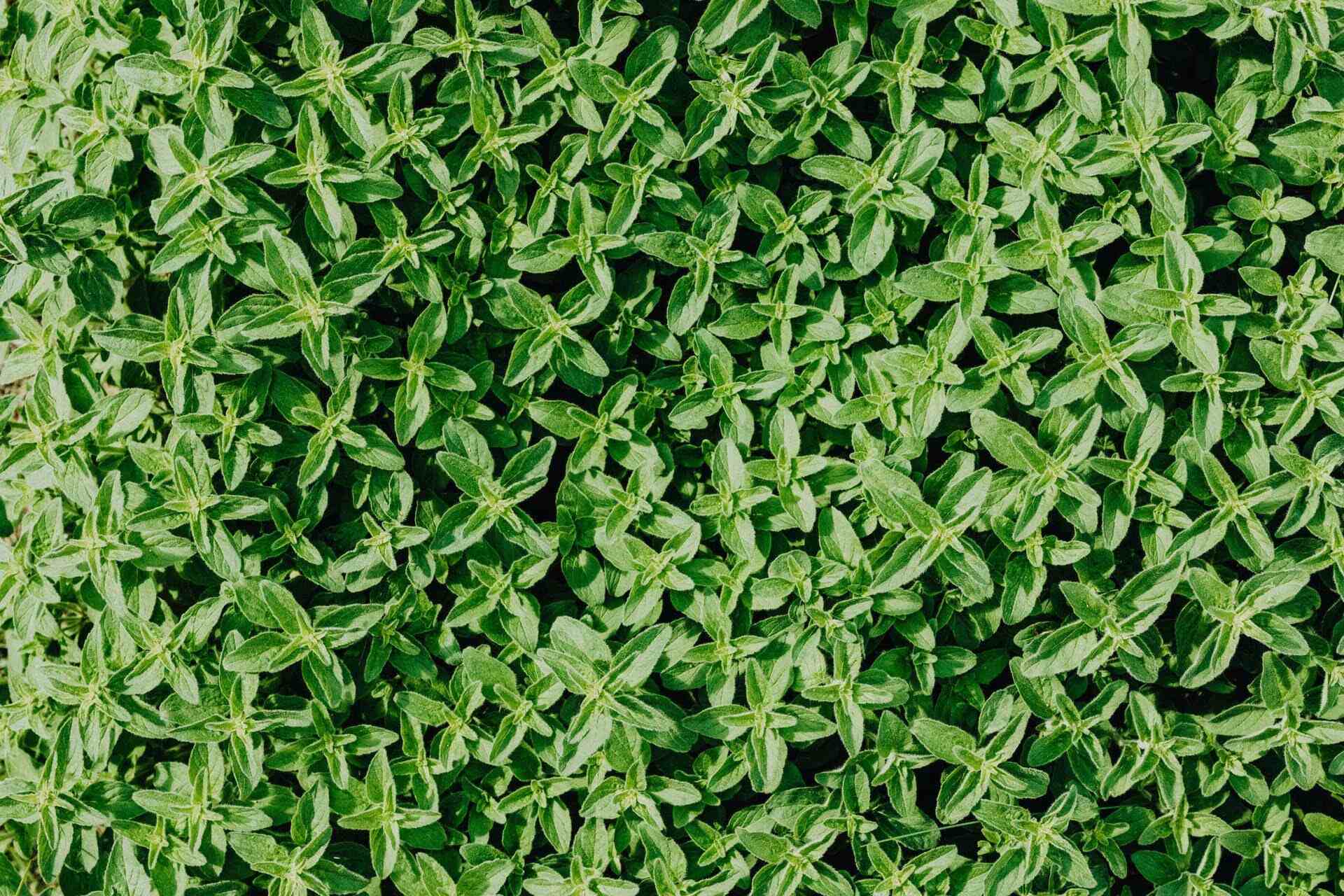
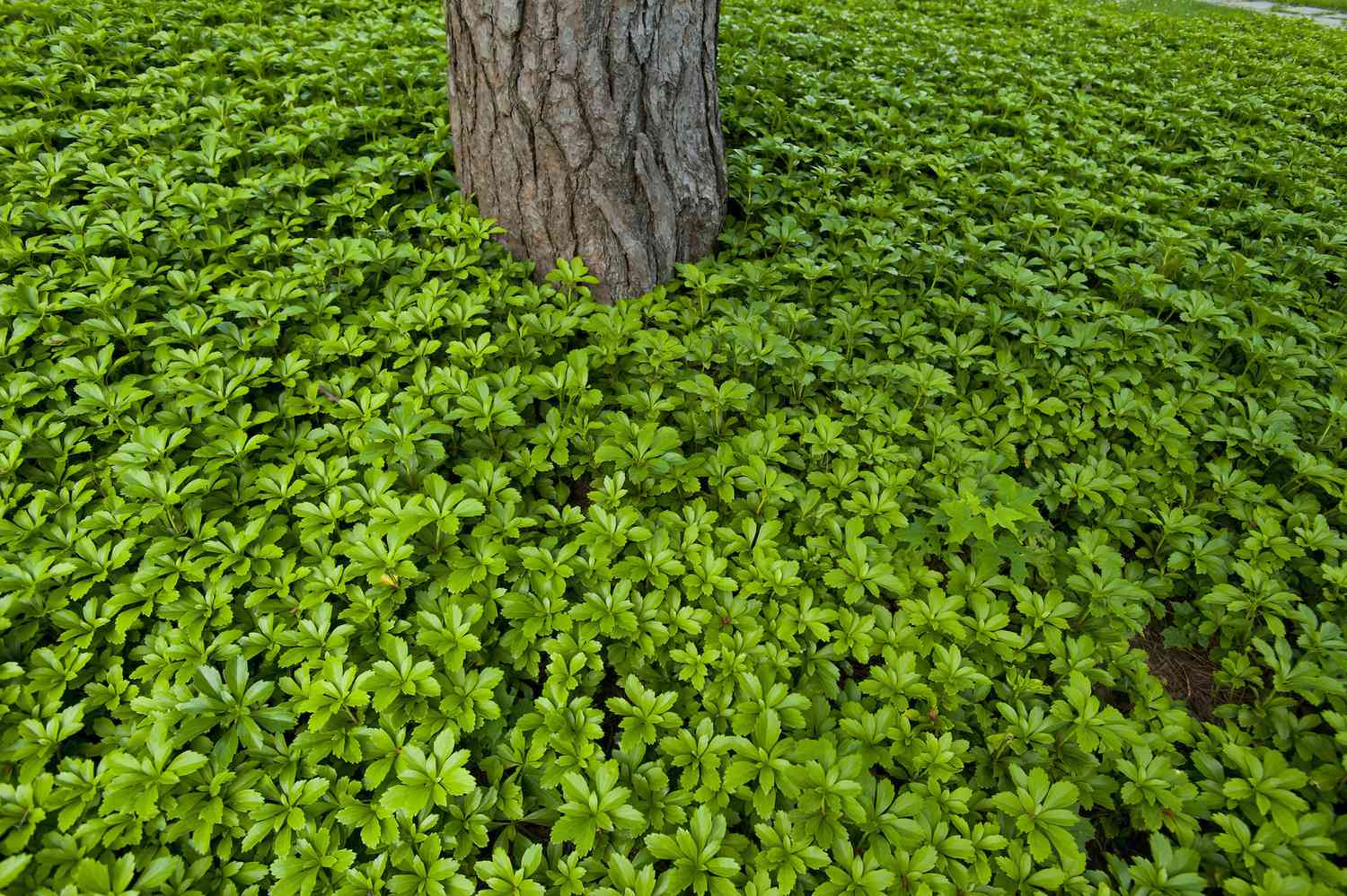
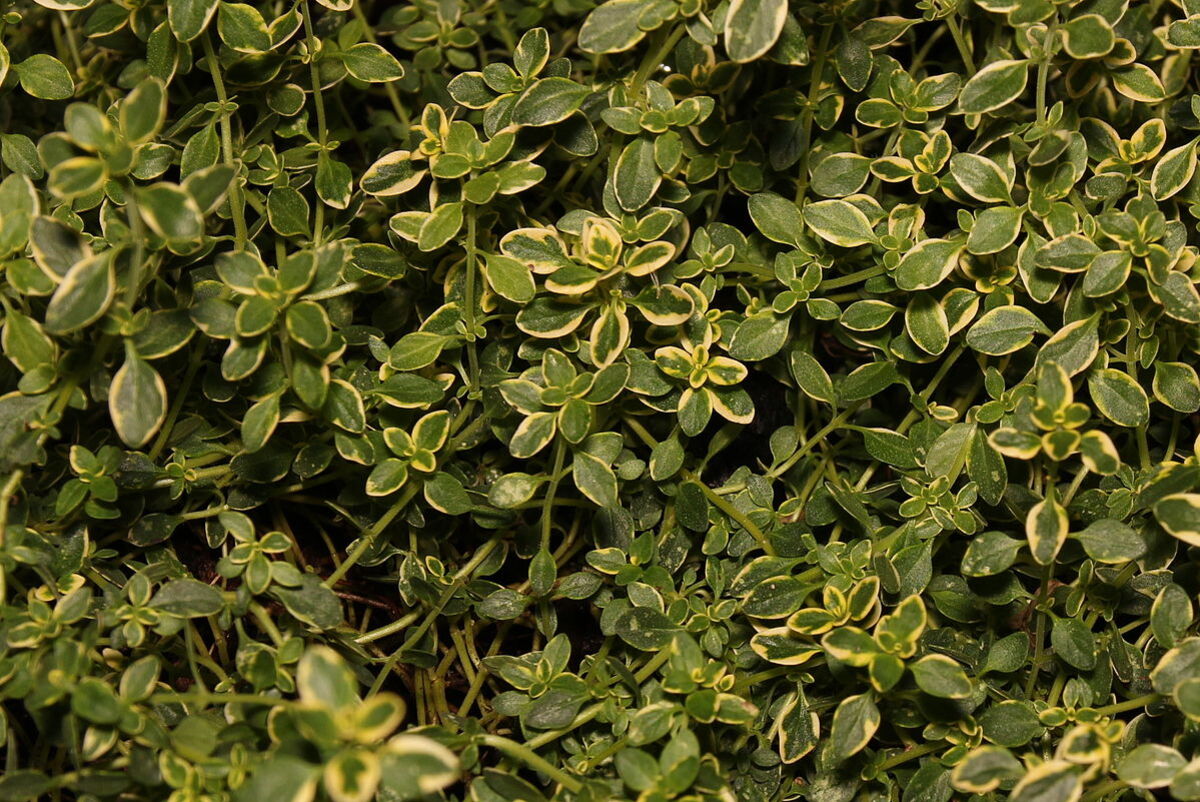


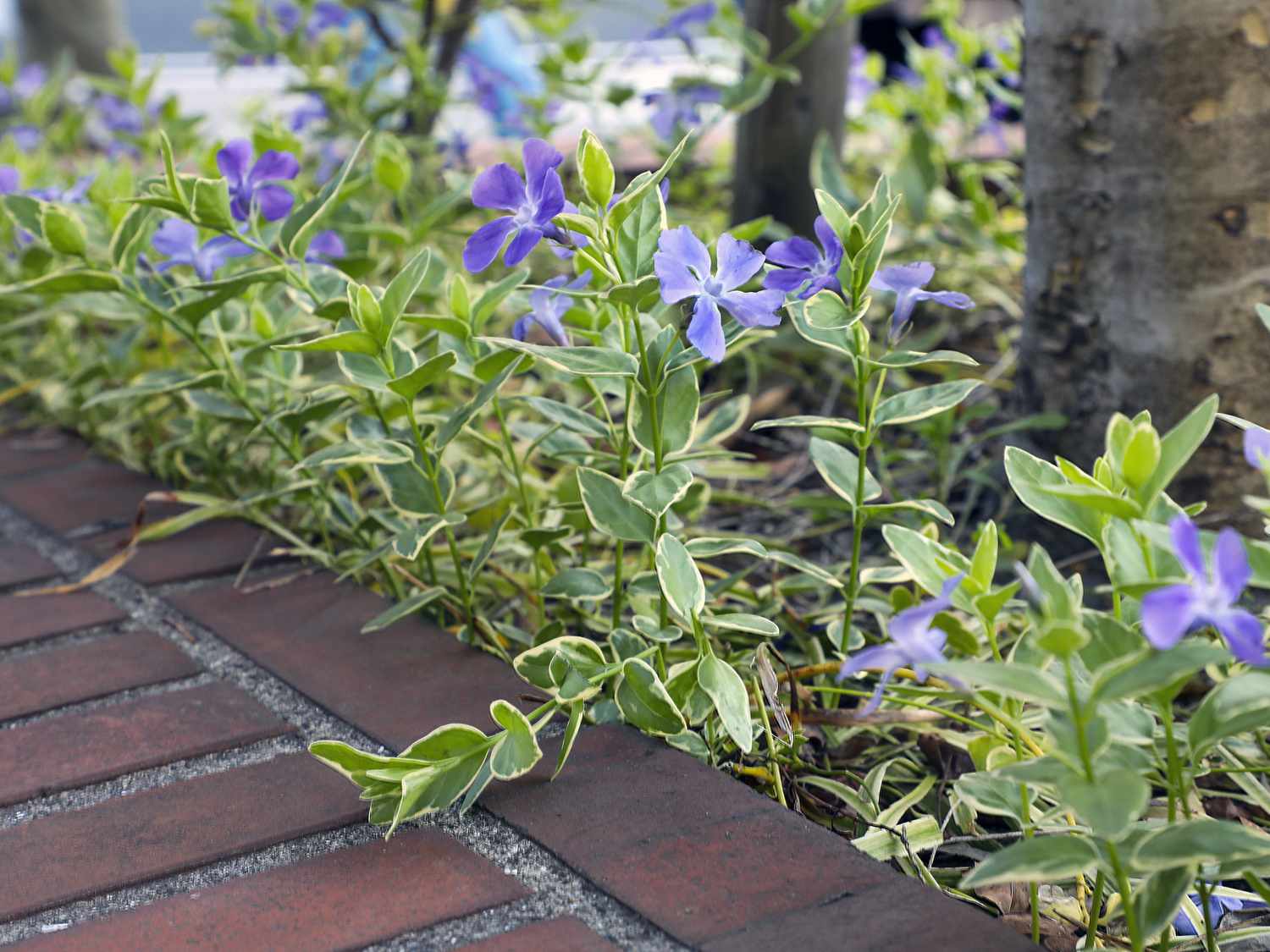
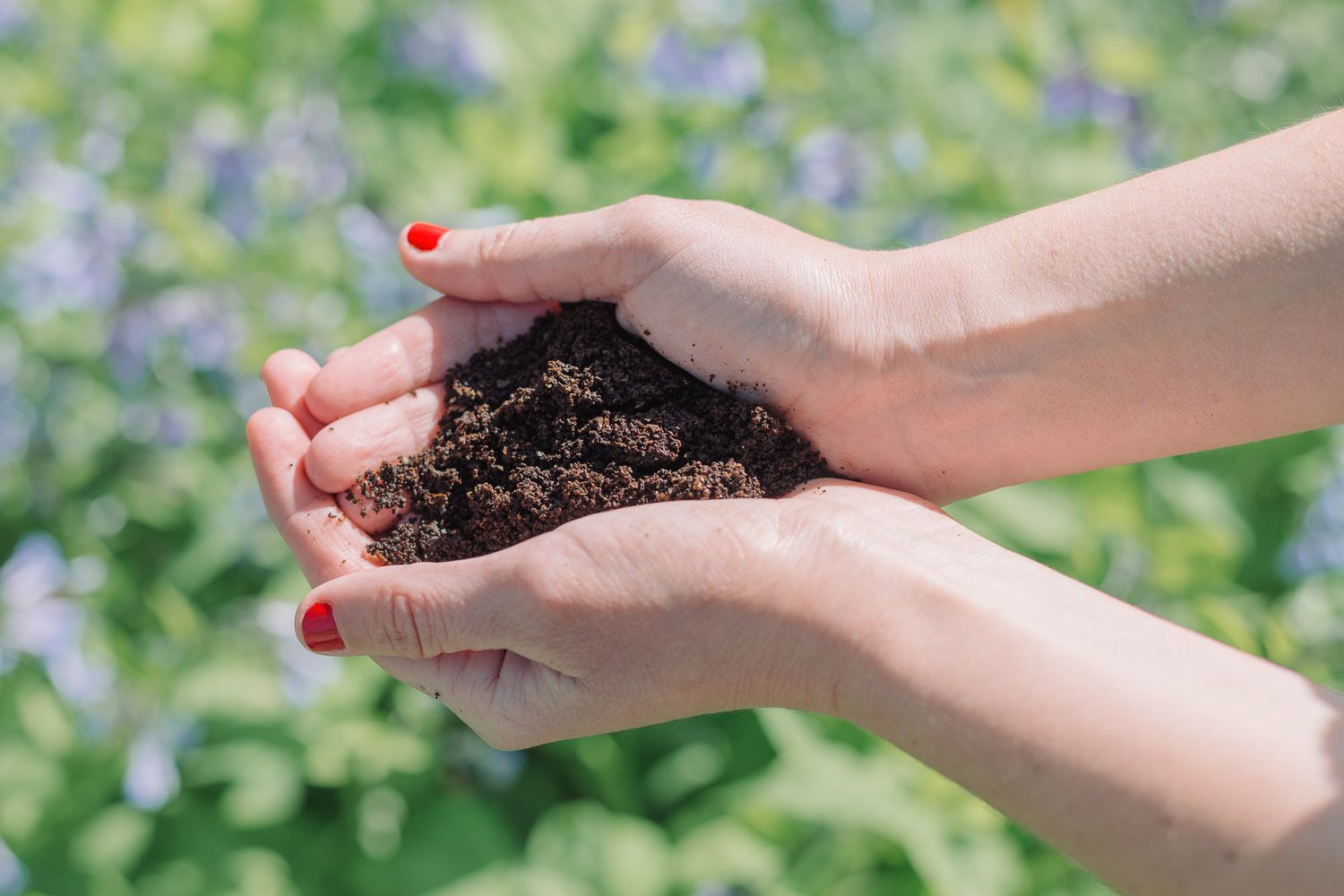
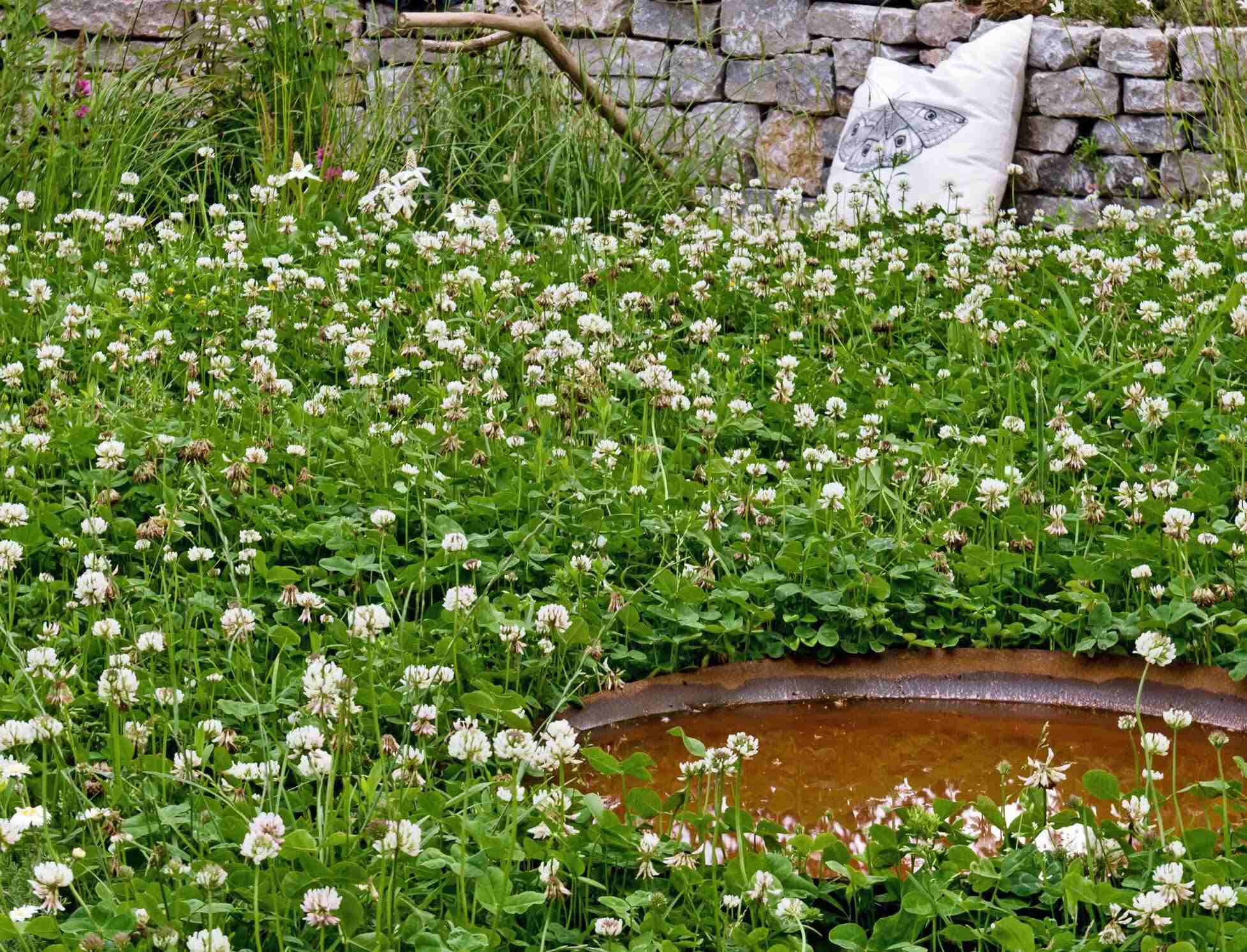
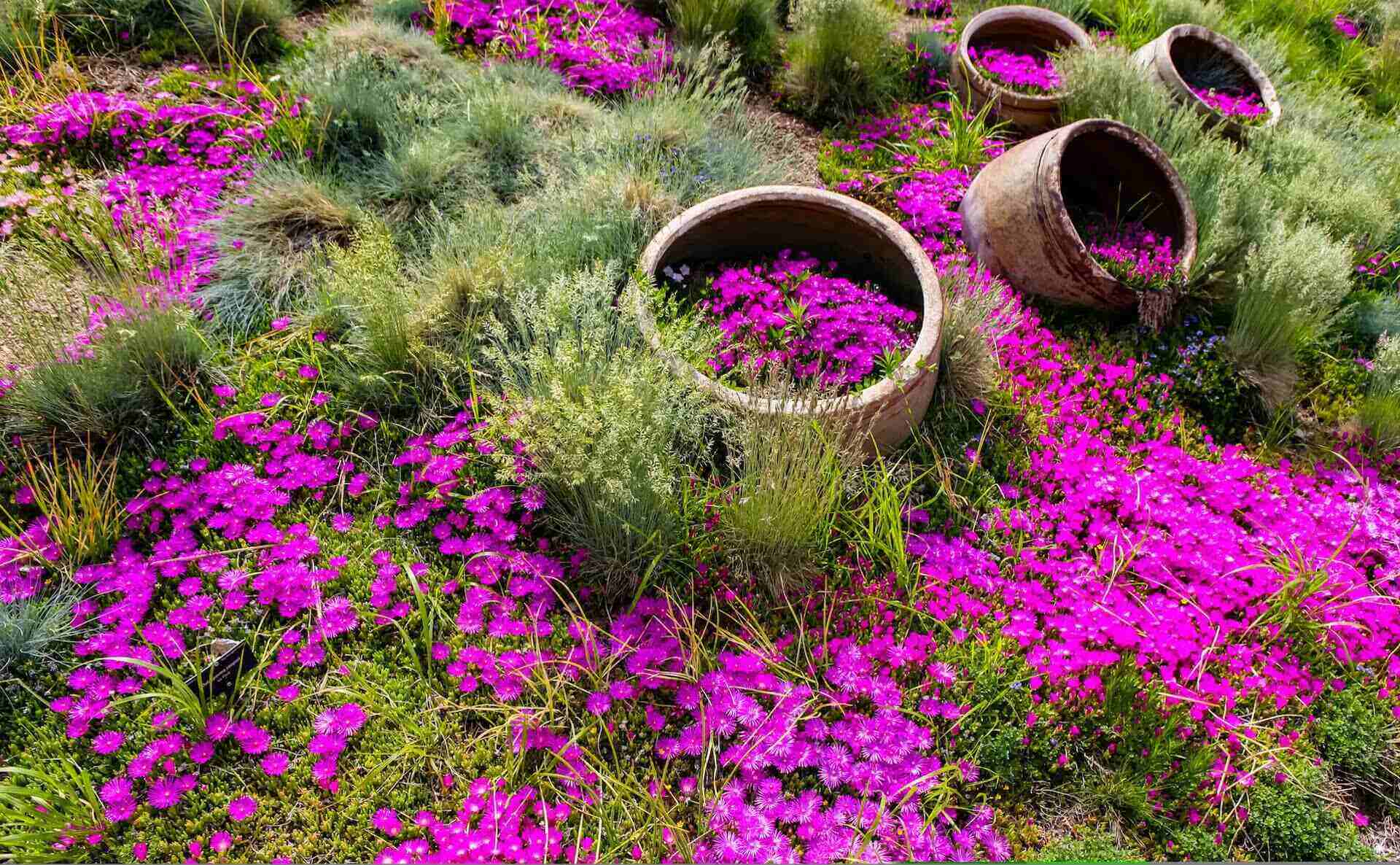
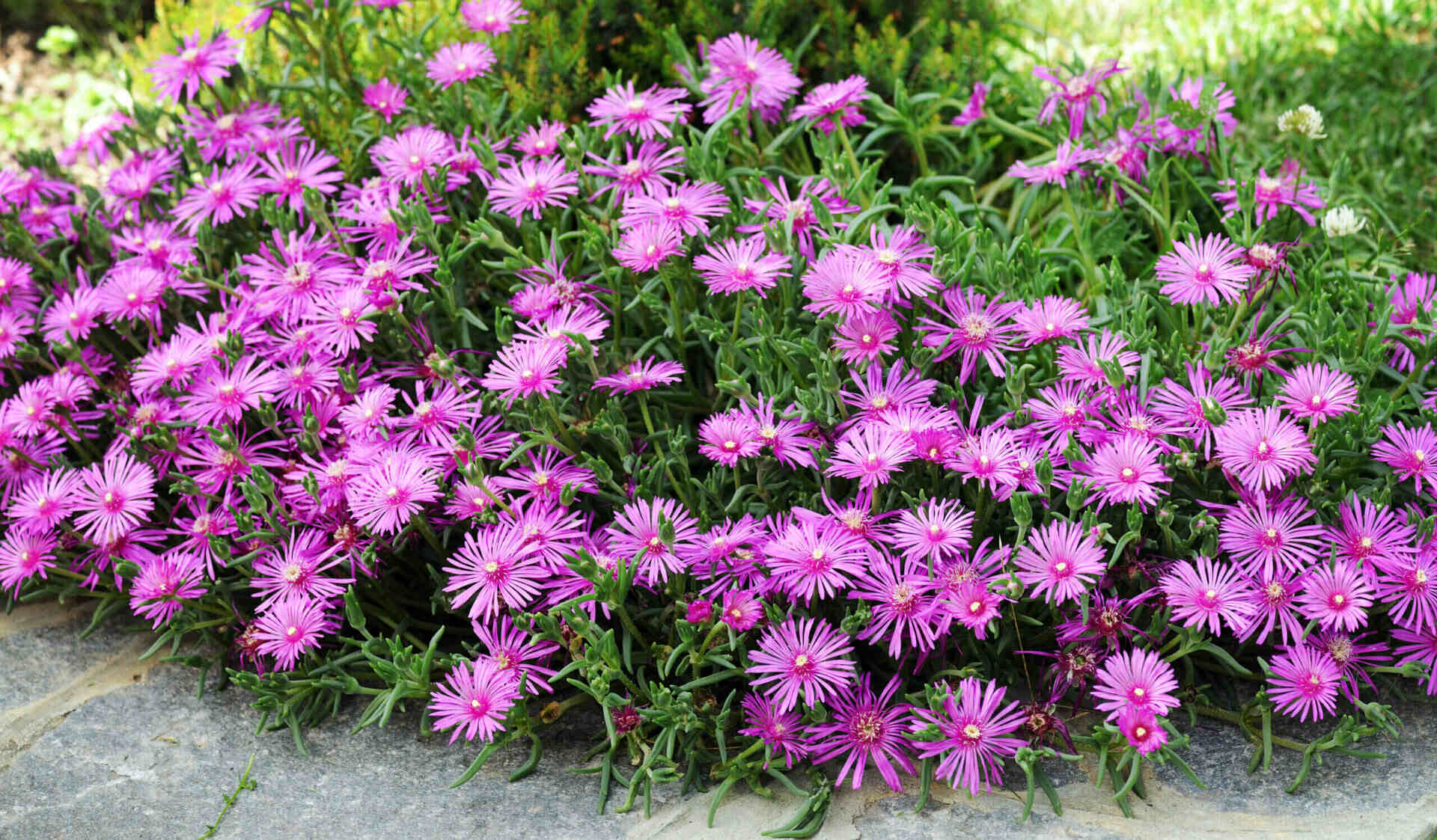
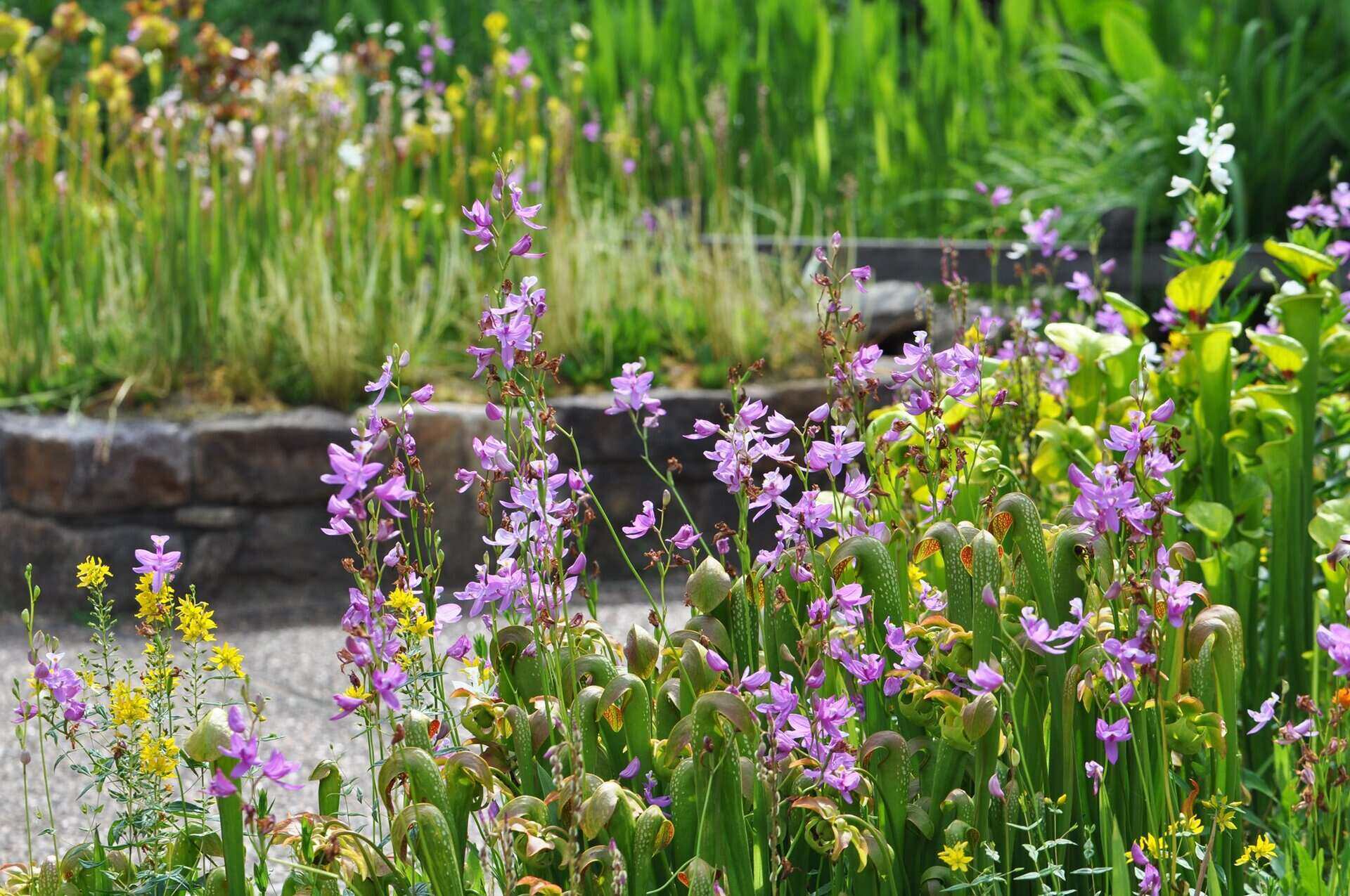
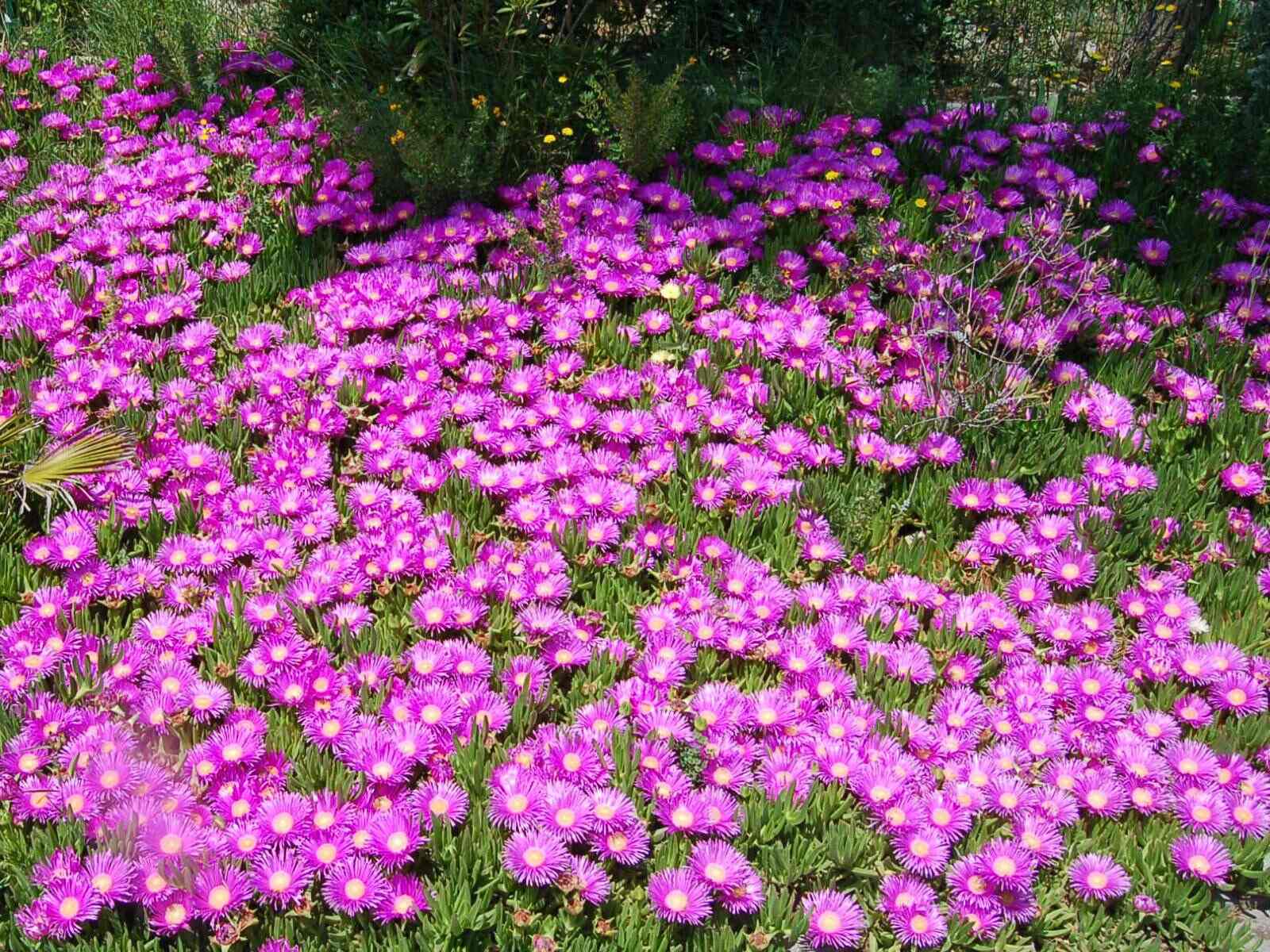
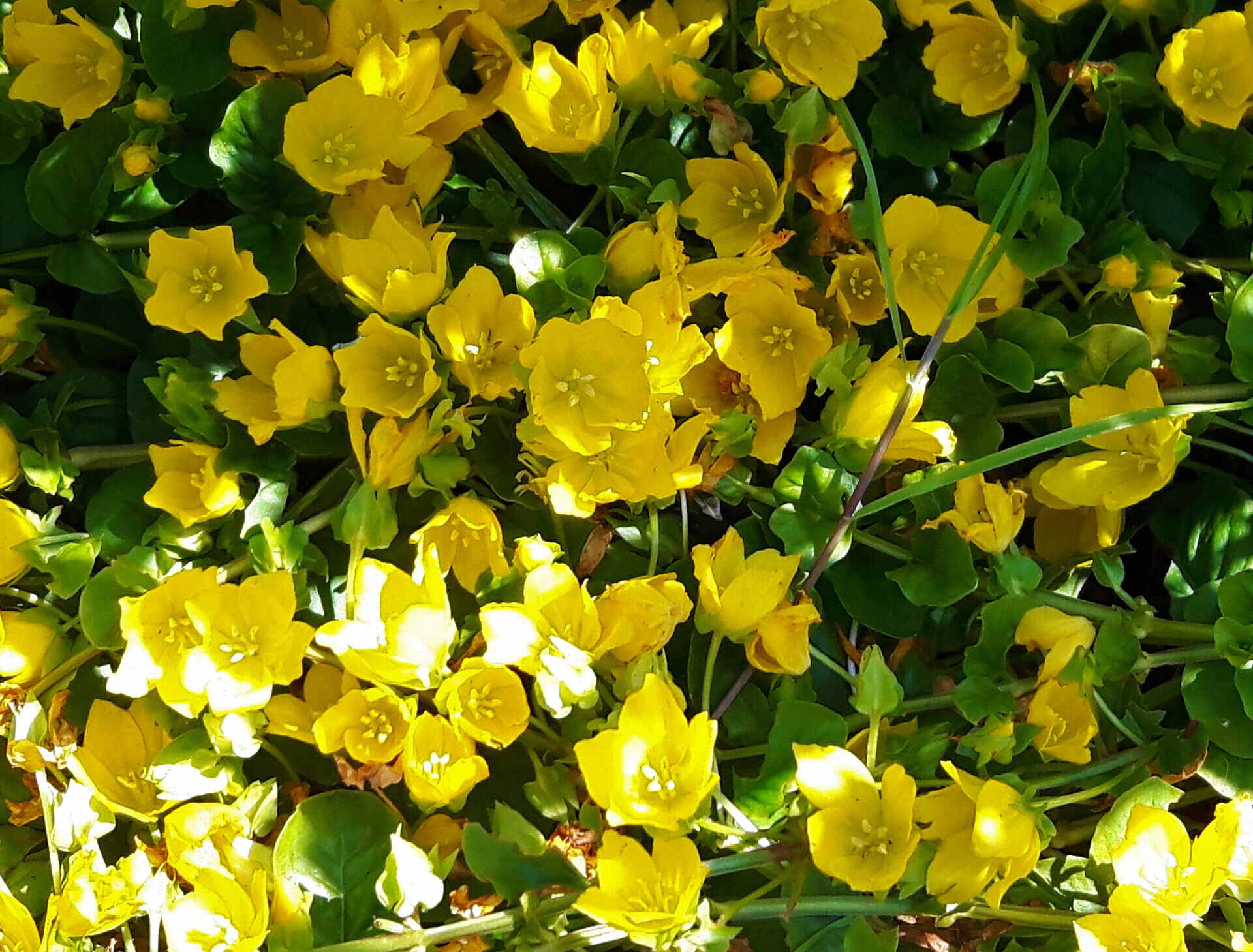

0 thoughts on “What Is A Good Ground Cover For A Backyard Playground”